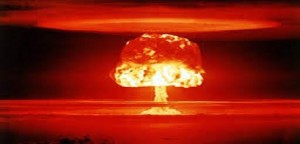The First Moments AFTER! What YOU Need To Do Immediately After SHTF…
Intro: As I read the posts on MD’s Blog the other day I was thinking about our prepping. I figured we are very well prepared but it was also obvious that there were some areas where we could improve. One thought


